The Article
Huei Phono Amplifier from Chord
3rd June 2020
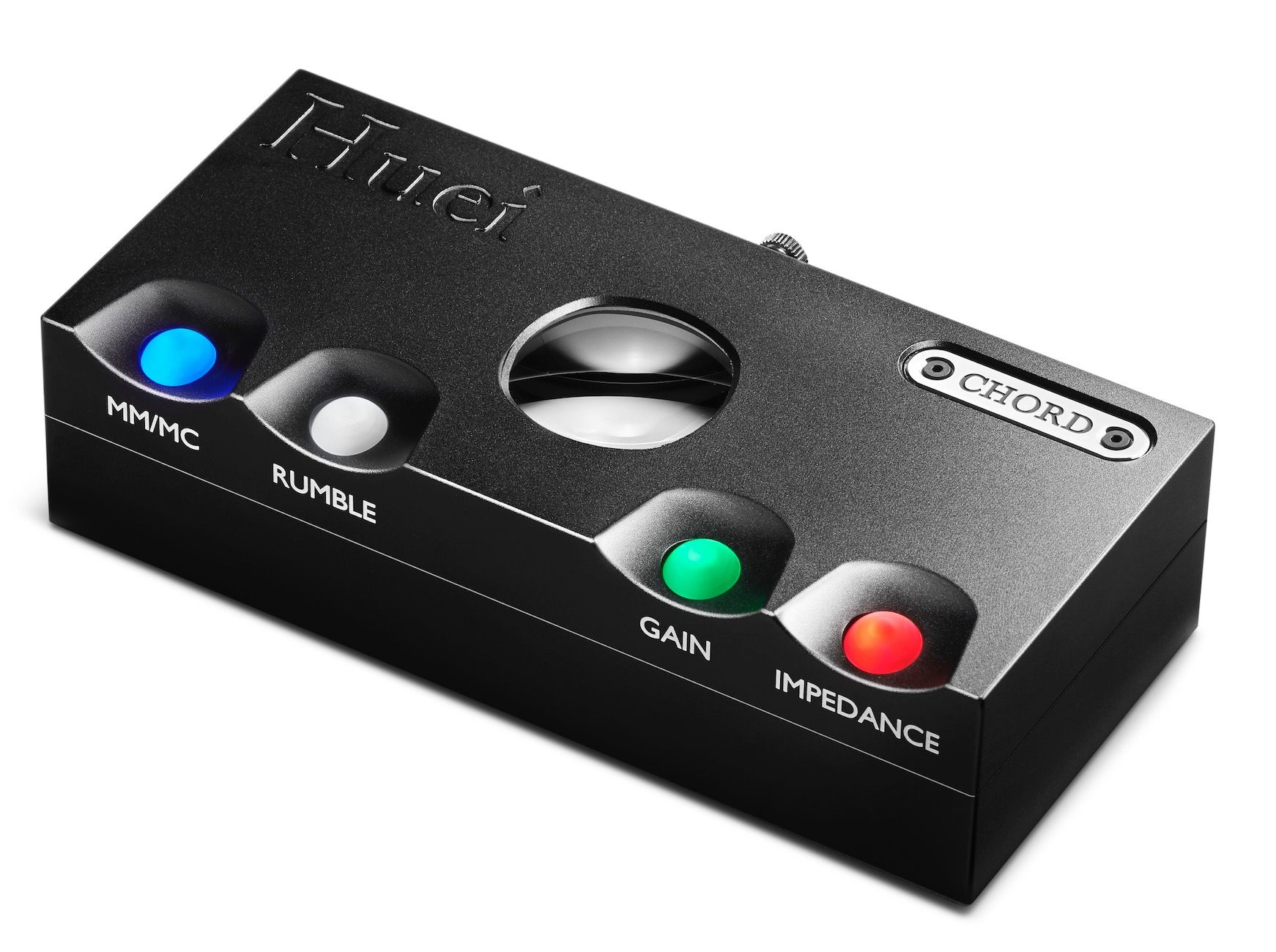
A small footprint phono amplifier covering MM and MC, Paul Rigby reviews Chord’s Huei
The Huei is beautifully packaged for this price point. Contained in a slip case, the flip top box features a concealed magnetic catch to reveal the chassis and a separate drawer for the switch-mode power supply. It’s all very swish.
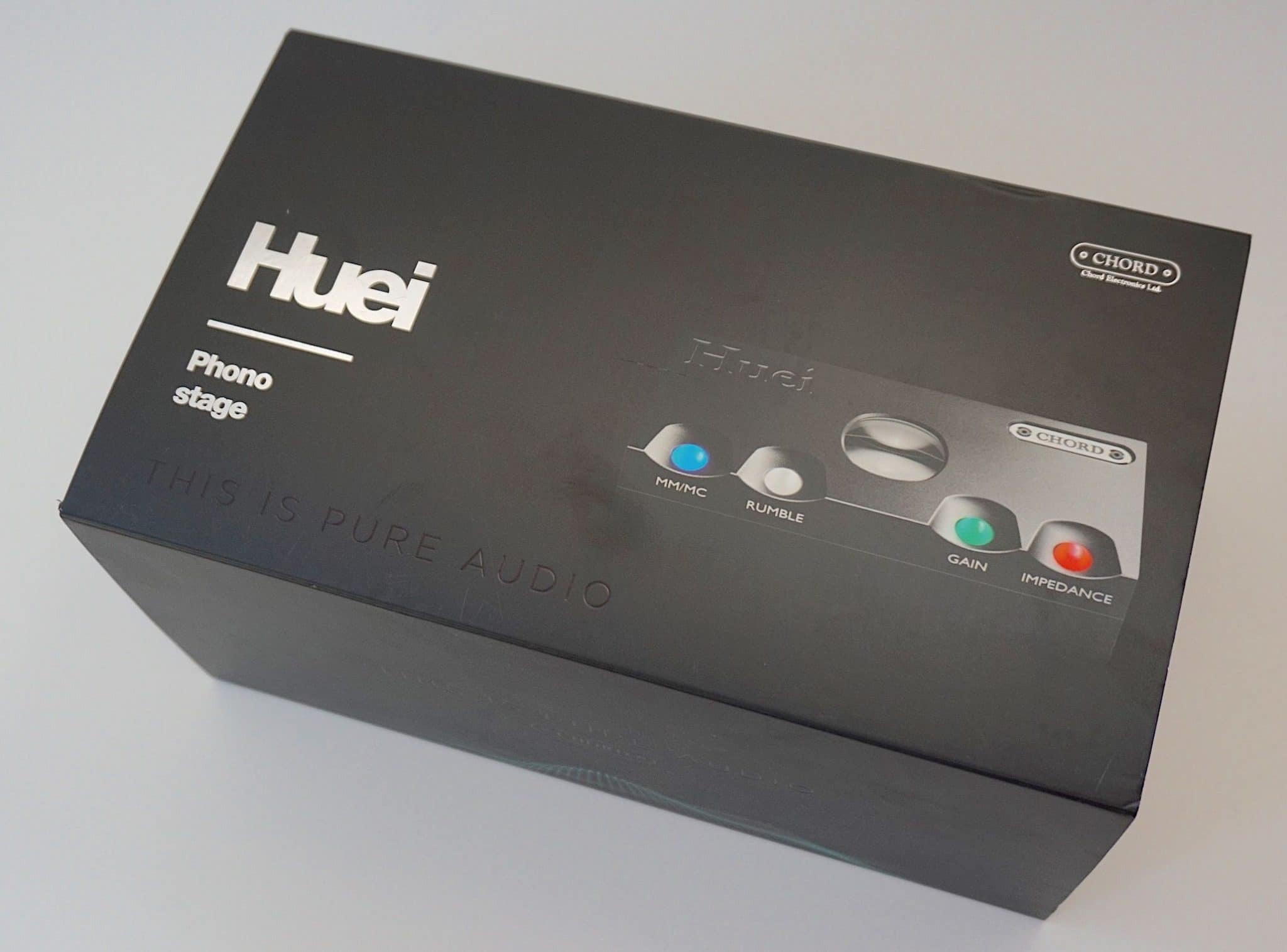
The Huei itself continues the aesthetic delights. It’s well built, solid in the hand, relatively small (spanning 41 x 160 x 72mm) and weighs a dense, confidant 657g. Just holding the Huei, you are infused with a sense of customer confidence. There is a sense of ‘rightness’ about this phono amp. Again, this feeling is a testament to build of the Huei.
To the rear of the chassis, the power socket sits beneath a dinky rocker power switch (I would have liked this to have been a mite larger and further from the power socket). Single-ended outs sit adjacent to single-ended inputs and a pair of balanced outs complete the line. A grounding post is situated above.
On the upper front are buttons for impedance, gain, MM/MC and there’s a rumble filter here too.
Be careful when connecting the Huei. Larger, more substantial cables will be tempted to pick up the chassis and fling it around the room in a King Kong/Fay Wray kinda fashion. In such circumstances, you might be wise to secure the Huei to a shelf with Blu Tack
THE INTERFACE
Selecting MM or MC, gain or impedance means pressing the labelled ‘button’ or relevant coloured plastic marble ball thingie on the upper front of the chassis. So you have to press and hold the button until it glows red for Moving Magnet or blue for Moving Coil.
For impedance, there are 12 options for the MC impedance values available here, from 100 Ohms to 3,700 Ohms (Moving Magnet offers the usual 47K Ohms).
For gain, there are eight options, from (49db-76db) in Moving Coil mode and eight in Moving Magnet (21db-48db).
Having the wide variety of options is welcome. It’s nice to see a spread of impedance and gain options on a sub-£1,000 phono amplifier.
The problem is the interface and its inherent design. I thought it cute and novel on the mobile Mojo headphone amplifier. Used on a more complex phono amplifier though, there are problems.
For the Huei, selecting the gain and impedance values at all is a bugger because each value is only associated to a specific colour with no numeric explanation on the chassis. Hence, if you select a moving coil gain of 58db, you don’t simply move a chassis-based dial or switch to a stop that says ‘58db’, oh no. You have to cycle though a rainbow of colours until you get to pink. Why pink? You tell me.
Even so, you know that 58db equals pink because the manual tells you so. Selecting 320 Ohms of impedance means selecting purple. The manual tells you that too. There’s nothing on the chassis to indicate the same.
I question the use of this well-known Chord interface on a phono amplifier. If this interface is so good, why can’t I use it unless I have the manual by my side? And why do I forget what each colour refers to after five minutes…forcing me to check the manual, yet again?
Let me put it another way, if you put a Huei in front of me without the manual, I would be lost. Completely and utterly lost. That’s around £1,000 of phono amplifier that would be basically useless. Without the manual, you might as well bin the entire product.
Now does that say top notch interface design to you? A top notch interface is one you use without having to refer to a manual. Intuitive means clear and instant with no learning required. This interface is not intuitive.
Of course, Chord will most probably disagree but, if this interface is so good, why does Chord provide a full manual explanation plus, not one, but two reference mini stickers (see below) to provide guidance on what buttons to press. Talk about belt and braces. That sticker information is tiny, incidentally (the image below is blown up in size to enable you to read it) and poor in terms of translation.

I had to squint to read it while the gain ‘explanation’ is nothing but a rainbow coloured strip with no individual numeric values applied to each changing colour and a vague looking table of ranged figures underneath! Then Chord has effrontery (in the small print at the bottom of the above sticker) to preach that you “…must ensure that you have the correct setting for your cartridge…”! If the stickers are any evidence, even Chord looks confused. Especially when it tells you to look at the manual for the full Gain figures. So what’s the point of the sticker then?
The mess generated by this interface is such that even the included manual can’t make up its mind how to explain it. The impedance chart (below) lists images of coloured buttons for each impedance value (note how close in colour are 470 Ohms + 2.2 F and 320 Ohms, 3700 Ohms + 2.2 F and 1000 Ohms, 320 Ohms and 320 Ohms +2.2 F plus 100 Ohms and 100 Ohms + 2.2 F. It’s a recipe for confusion. It’s worse in real life, with the imperfect lighting of a typical listening room).
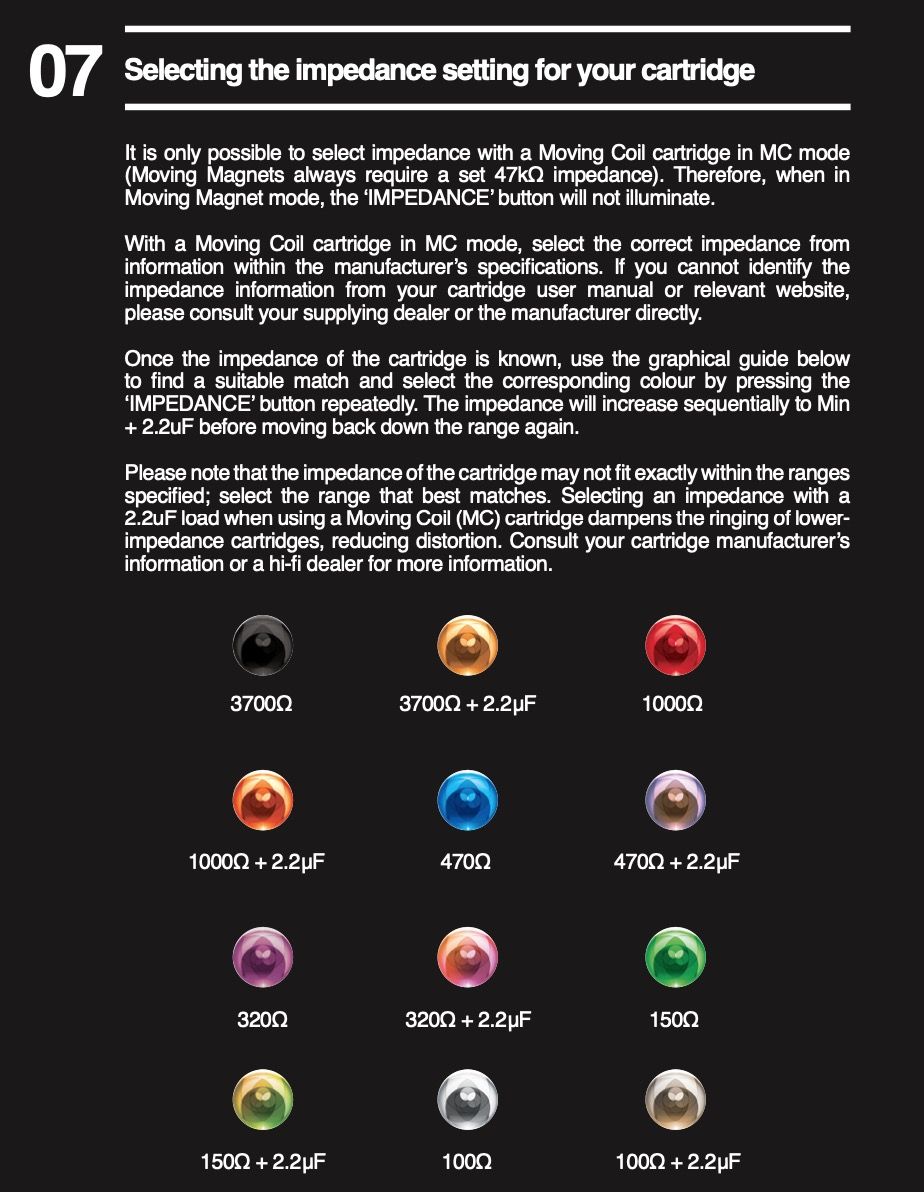
Yet the gain (below) reverts to text descriptions only of each colour, with no image colour guidance at all, adding to the disorder. Also, with no image guidance at all what happens if, for example, you’re not sure of the exact difference between Chord’s take on blue, green and cyan?
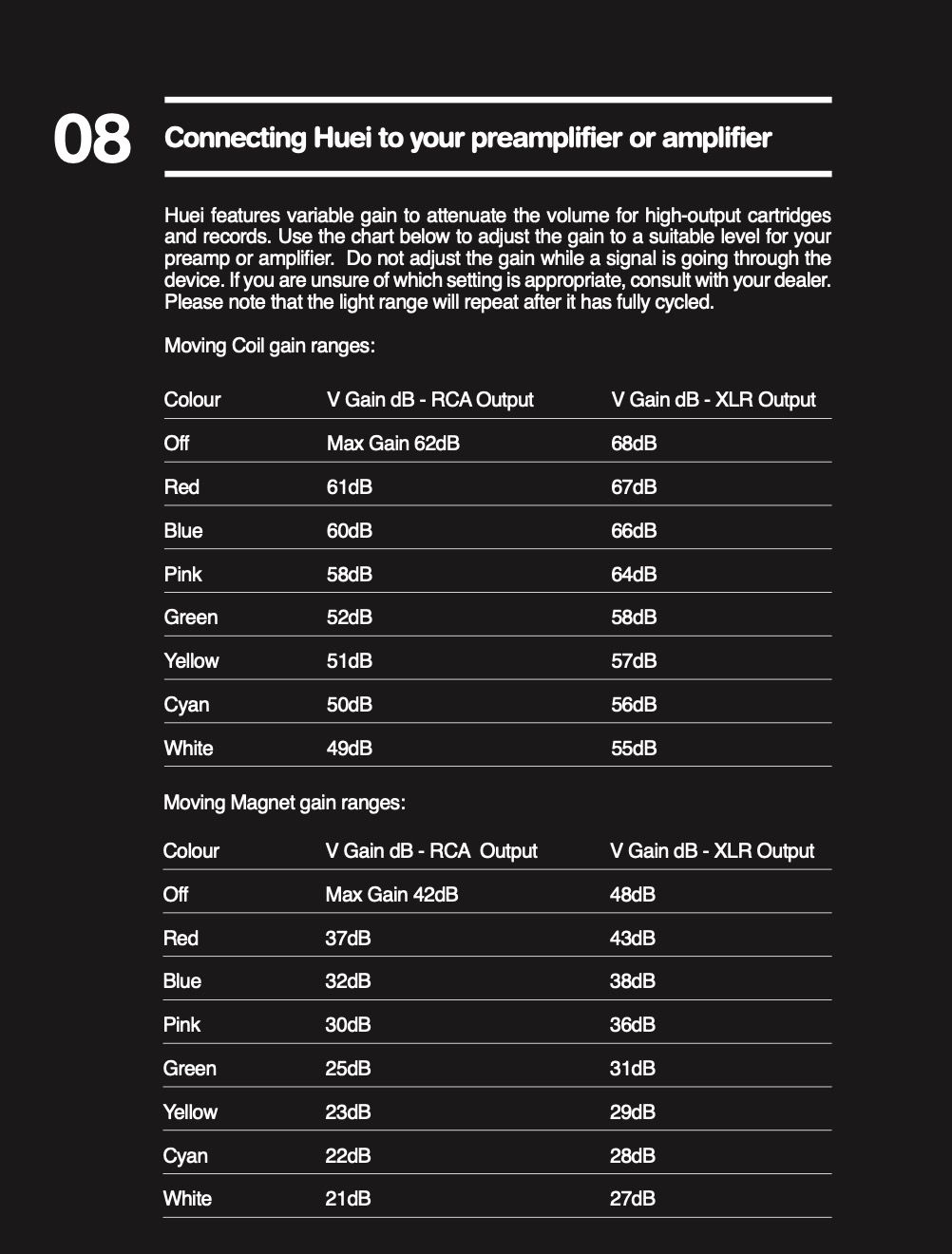
This interface looks lovely in a moodily lit magazine advertisement but I question its usability. The coloured marbles and changing colours idea is fine if you want to change a single variable. The volume control, for example, or a power switch which worked well on the company’s Mojo headphone amplifier/DAC. It causes confusion for anything more complex, though.
But look, I can forgive a lot if the sound is excellent. So then, is it? Let’s find out.
SOUND QUALITY
I began with an original pressing and title track from Roxy Music’s Avalon. First impressions? Smooth. Very smooth. At least in midrange terms. Accompanied by a low noise floor, the mids fairly glided through the soundstage without much evident friction.
I was impressed by the space and air that allowed the slightly shy ride cymbal to become more noticeable to the ear. The complex taps and splash rhythms from this area added a richness and depth to the track.
Similarly, there was a host of percussive filigree that rode underneath this track. Apart from the principle drums, the secondary percussion fattened out the track and added intricacy to the arrangement. The combination of these percussive highlights could easily become blurred and lacking in definition but the Huei inserted enough focus in and around the spacious soundstage to pick out each secondary percussive element, providing a busy enhancement to the main course.
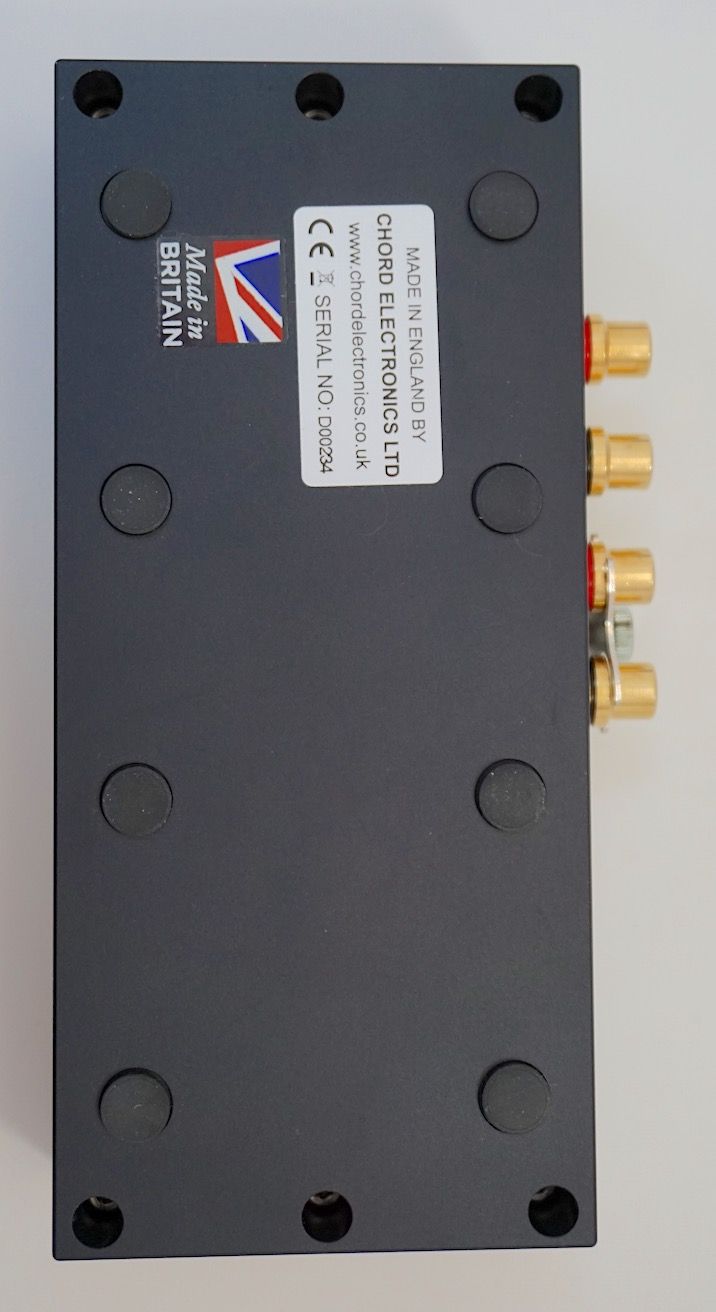
The low noise and extra space around the soundstage also helped to enhance the overall imagery. The ear could better place each instrument when there was less interference to tangle the output. This meant that the stereo image sounded relaxed and at ease with itself. There was no tension here. The band drifted through this track with no apparent effort.
The lower noise helped to generate extended reverb tails, especially around the rhythm guitar and bongos while before the female backing vocals joined in with the word “Avalon” around the chorus, the ladies added an introductory, low note that was easily recognised by the Huei and fully formed too.
Bass, meanwhile, was tight and rather precise but retained its organic character, propelling the music forward.
Even Eydie Gorme’s Just One of Those Things on the Harmony release of With All My Heart, a rather compressed master, exhibiting her jazz vocal in front of a full orchestra, was tamed enough here by the Huei, adding relief to the oft heard bright upper mids.
The background orchestra enjoyed a wealth of background space to roam, the brass section in particular soared while the Gorme vocal crescendos were able to rise to the heights without me plugging my ears with cotton wool.
Again, I was happy with the imagery here, Gorme held a position other to the backing orchestra. Some phono amplifiers can put the singer smack dab in the centre of the orchestra which sounds a little odd but here, Gorme was obviously separate from the guys.
So far so good. What about the balanced connections, though? Once up and running, the volume increased a tad so I touched the gain downward a little. The sound was far more spacious now. Much more air was infused into the soundstage. Buckets of the stuff. This meant that subtle effects from both the Roxy Music vocals and instruments had a better chance of being caught by the air. Small, nuanced effects were now highlighted or at least ‘visible’ to the ear, adding a sense of delicacy and finesse to the final presentation.
Vocals were smoother now. Other improvements centred on both the diction and clarity of the lead vocal and the transient performance from the percussion which now responded to the strike in precise terms. Rhythm guitar and that ride symbol now moved apart a little further while and the bass fattened itself to become dominant but also naturalistic in tone. The entire track was now coated in a blanket of, how can I describe this, atmosphere I suppose. An emotional insight that was there before but not as keenly felt.
The Eydie Gorme track also benefitted of course. The orchestra sounded grander, an impressive unit and one holding portent in terms of potential power. Gorme’s voice smoothed itself here, ranging in all directions with ease.
CONCLUSION
I wasn’t impressed with the Huei’s interface because a phono amplifier needs an immediate and precise set up. The current system is too wishy washy and I docked the Huei a Rating point because of it. That said, set up will, more than likely, be a one-off experience. A rare event. That is, most users will input the settings and quite possible never touch them ever again so I didn’t want to be too hard on the unit.
As such, I was very happy with the Huei, overall. The smooth nature of the mids and the low noise output from the single-ended connections was only further enhanced through the balanced ports. If you can, listen to the Huei though the balanced outputs for the best performance but both are recommended.
Well made and solid to use, the Chord Huei phono amplifier is a smooth operator.
CHORD HUEI PHONO AMPLIFIER
Price: £990
Tel: 01622 721444
GOOD: balanced mode, well built, aesthetics, smooth mids, low noise
BAD: interface
RATING: 8
[Don’t forget to check out my new Patreon Page at www.patreon.com/audiophileman, for exclusive postings, giveaways and more!]
REFERENCE
Tellurium Q cabling
Blue Horizon Professional Rack System
Harmonic Resolution Systems Noise Reduction Components
All vinyl was cleaned using an Audio Desk’s Ultrasonic Pro Vinyl Cleaner

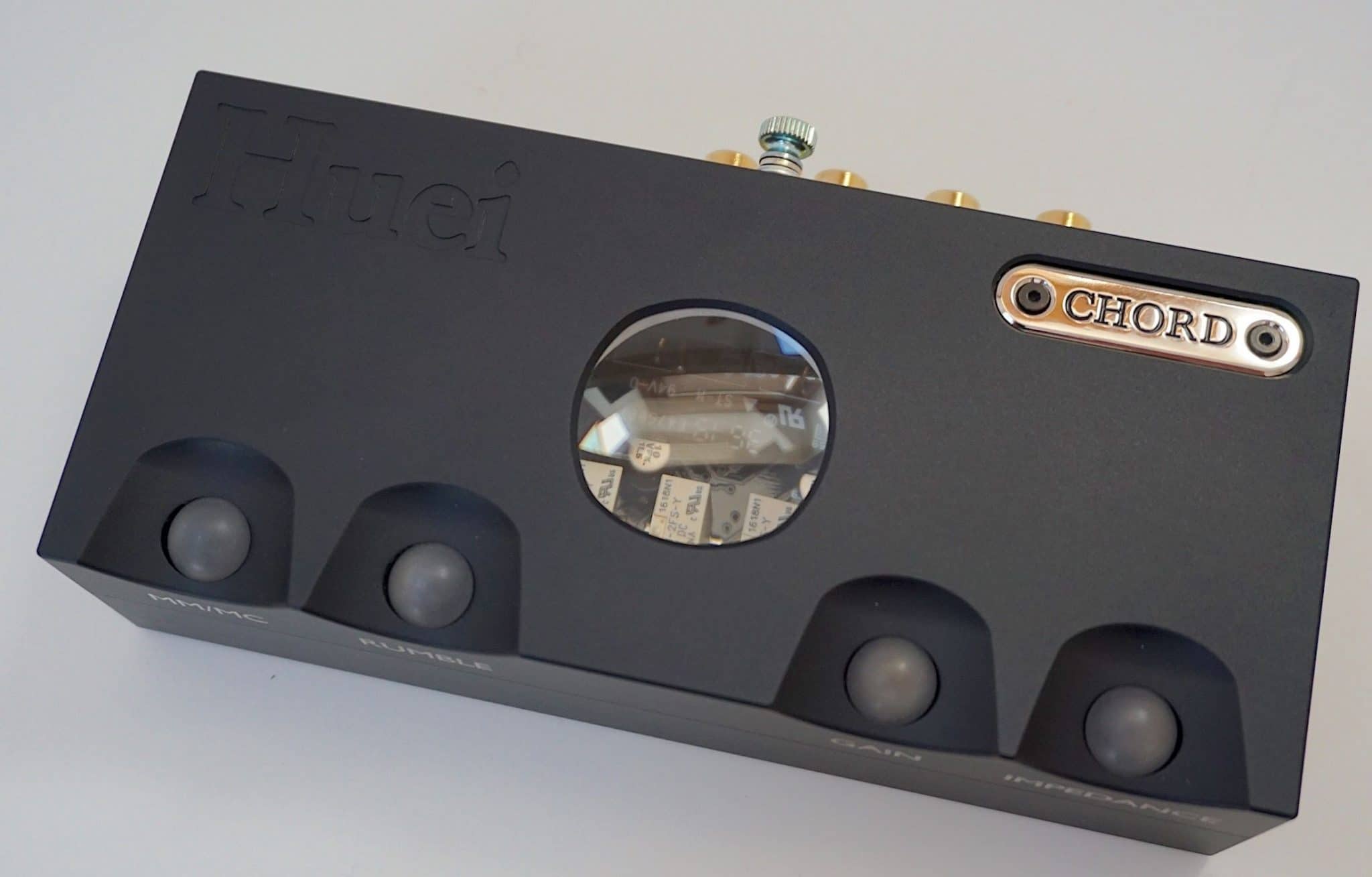
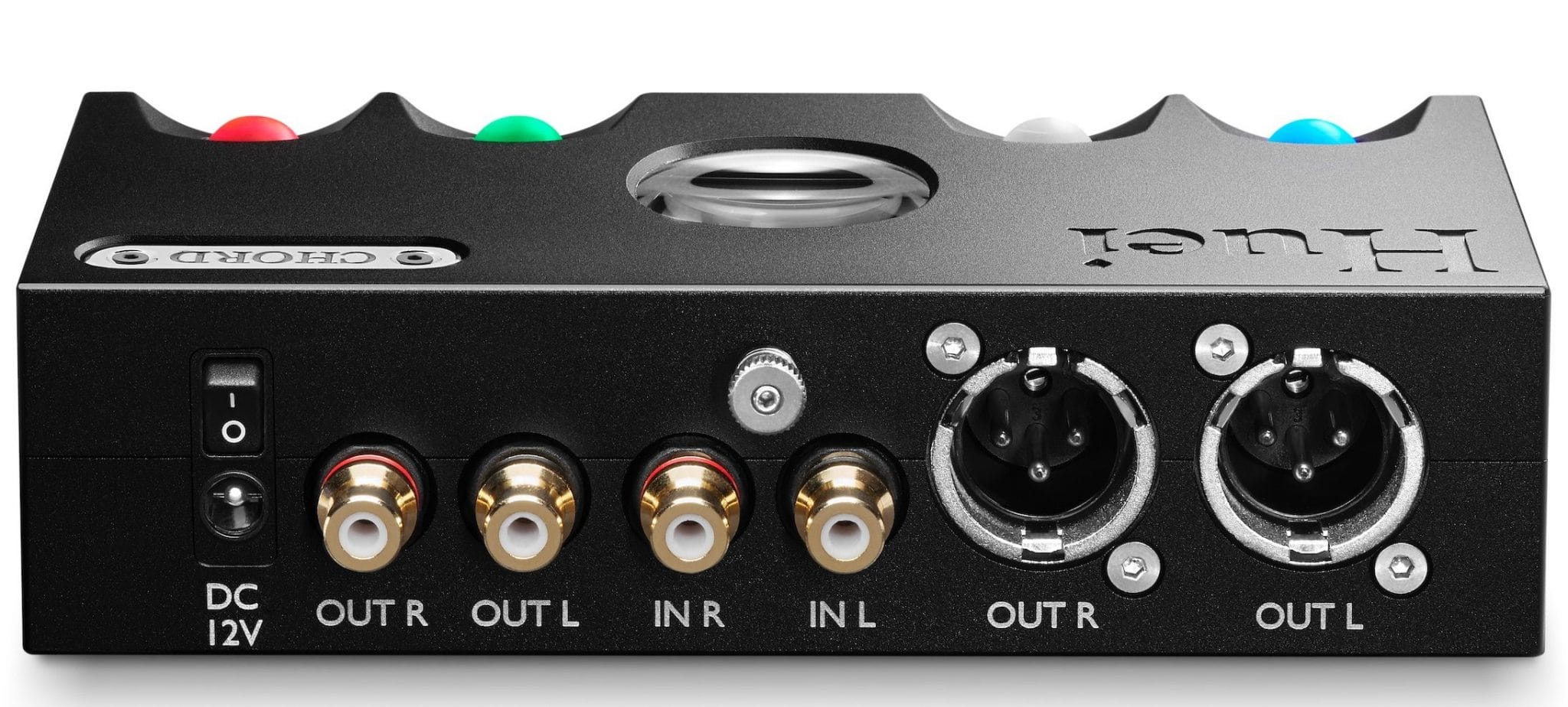
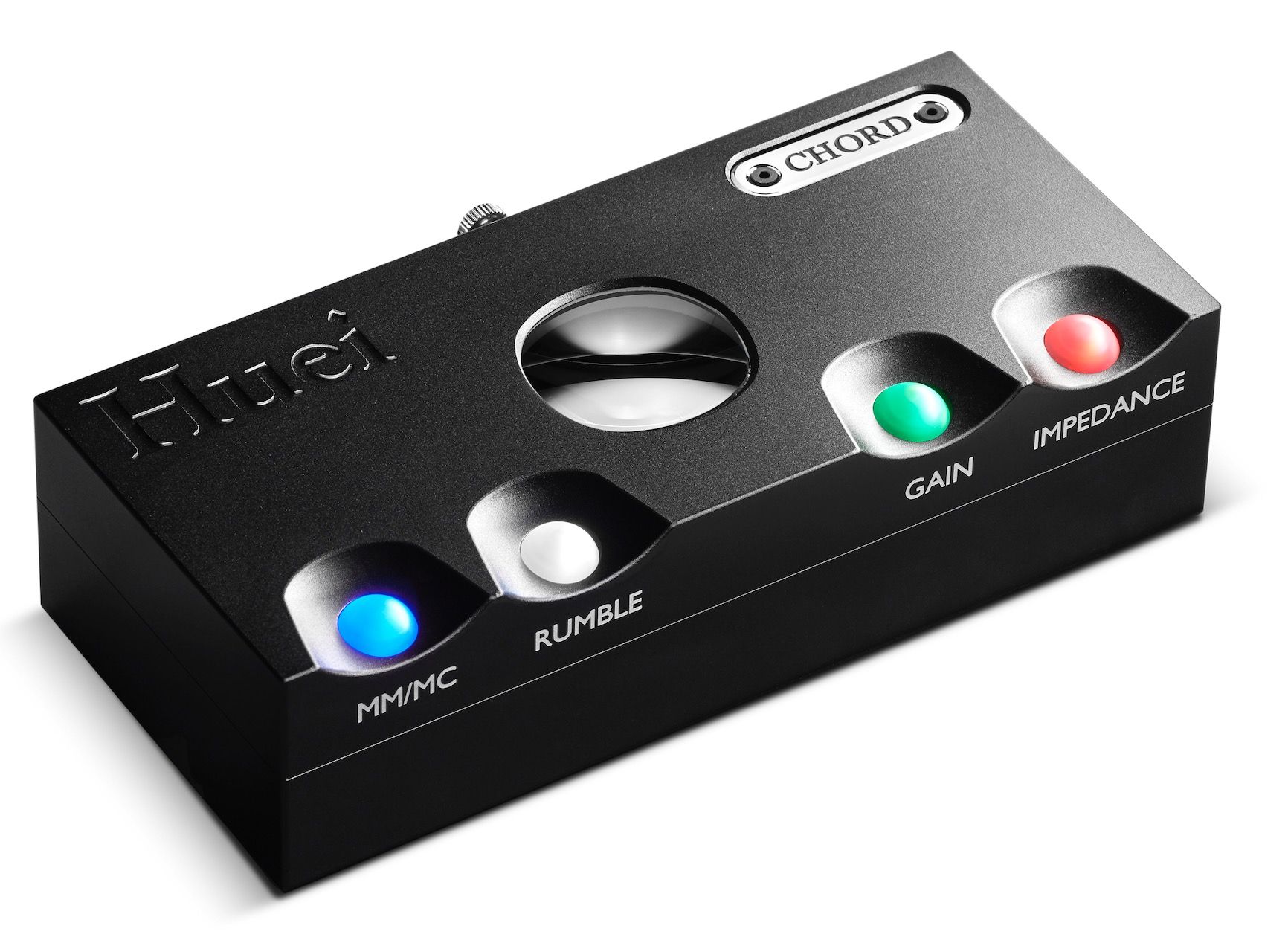
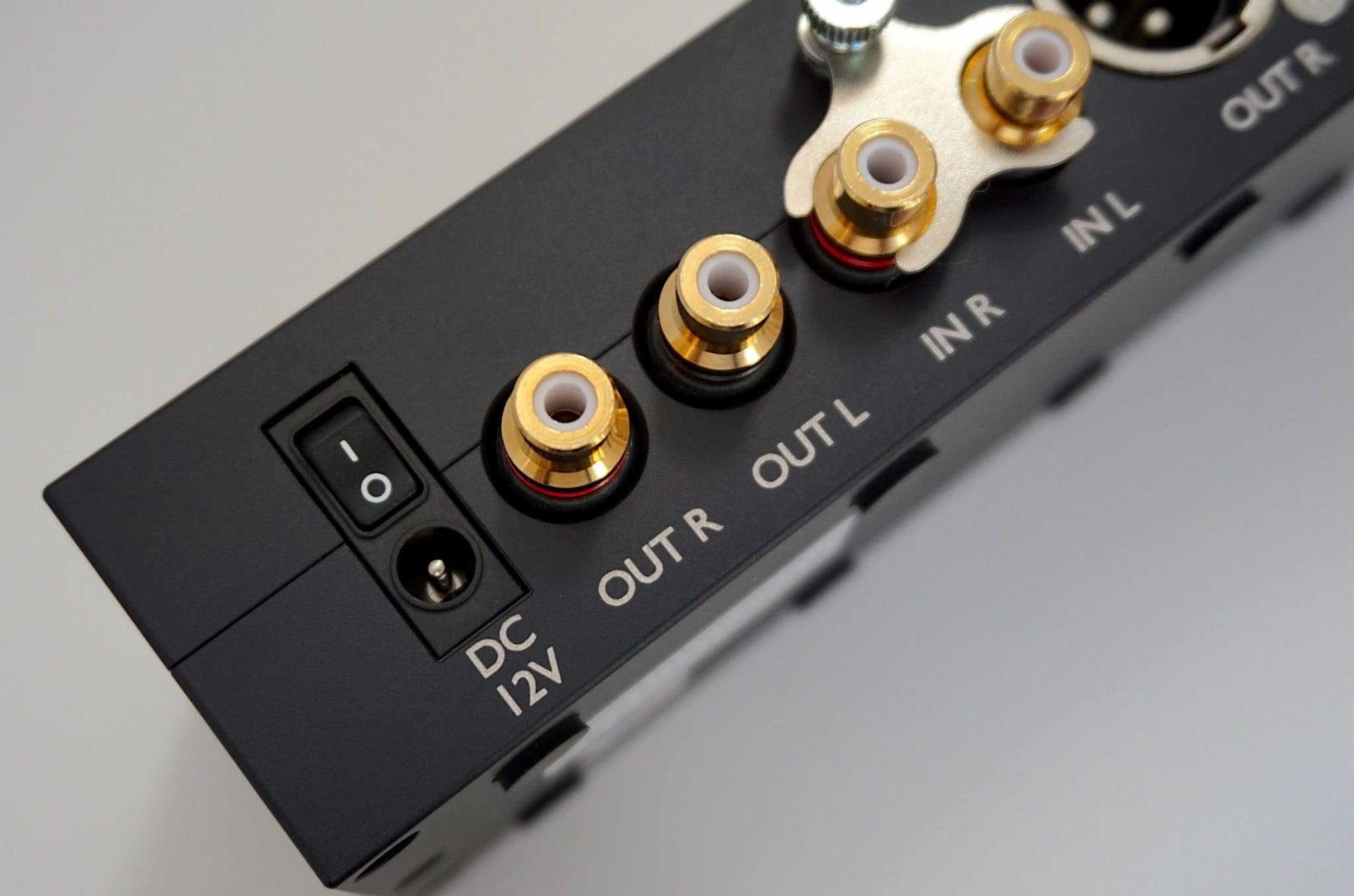
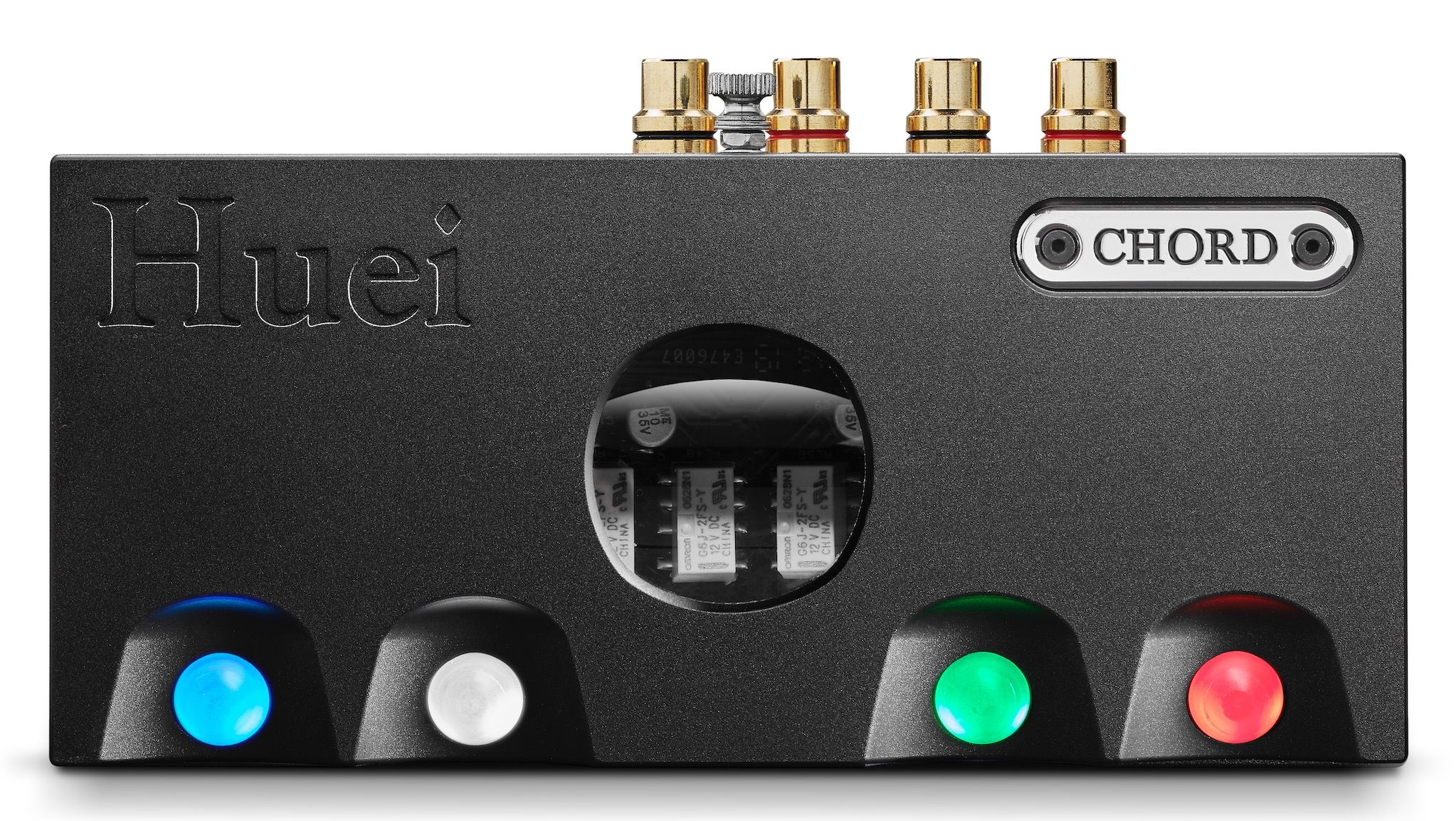
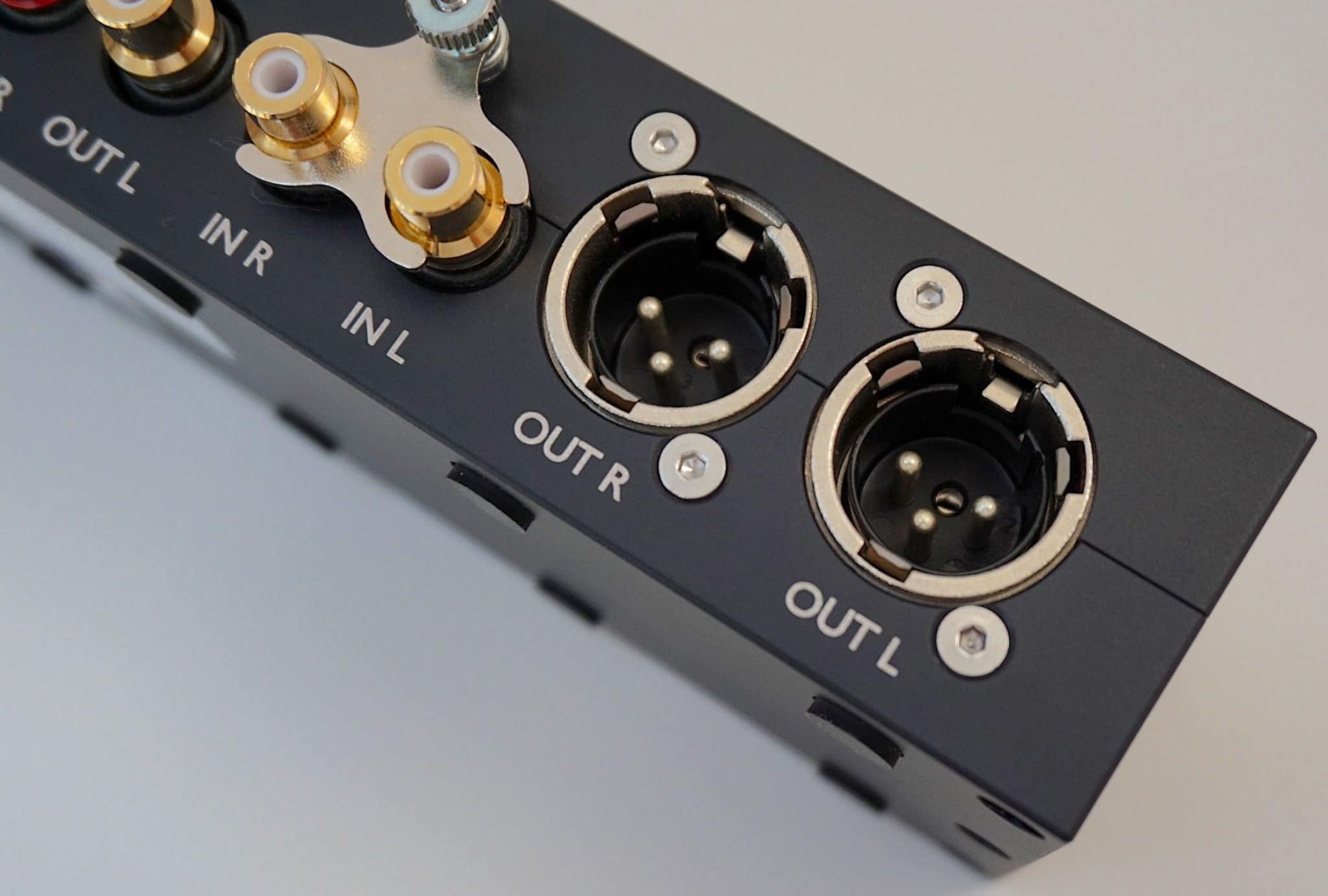
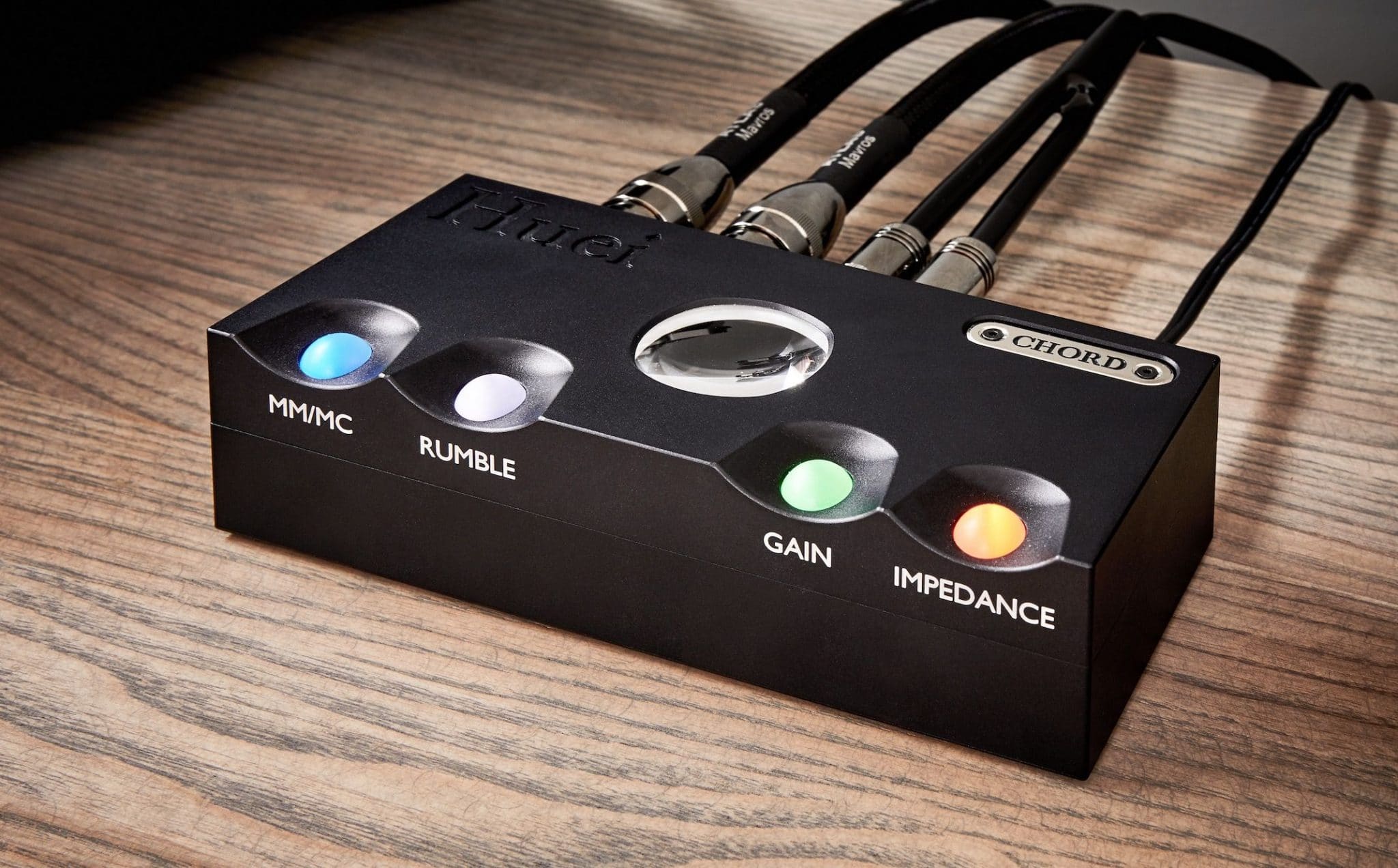
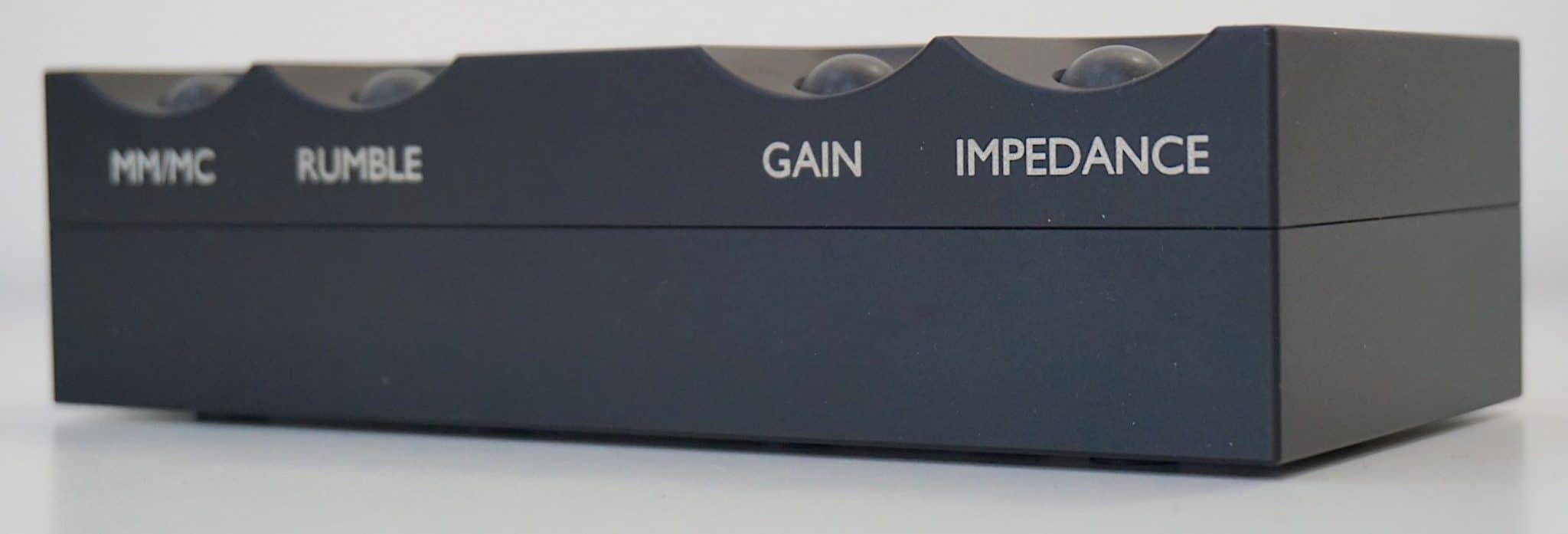
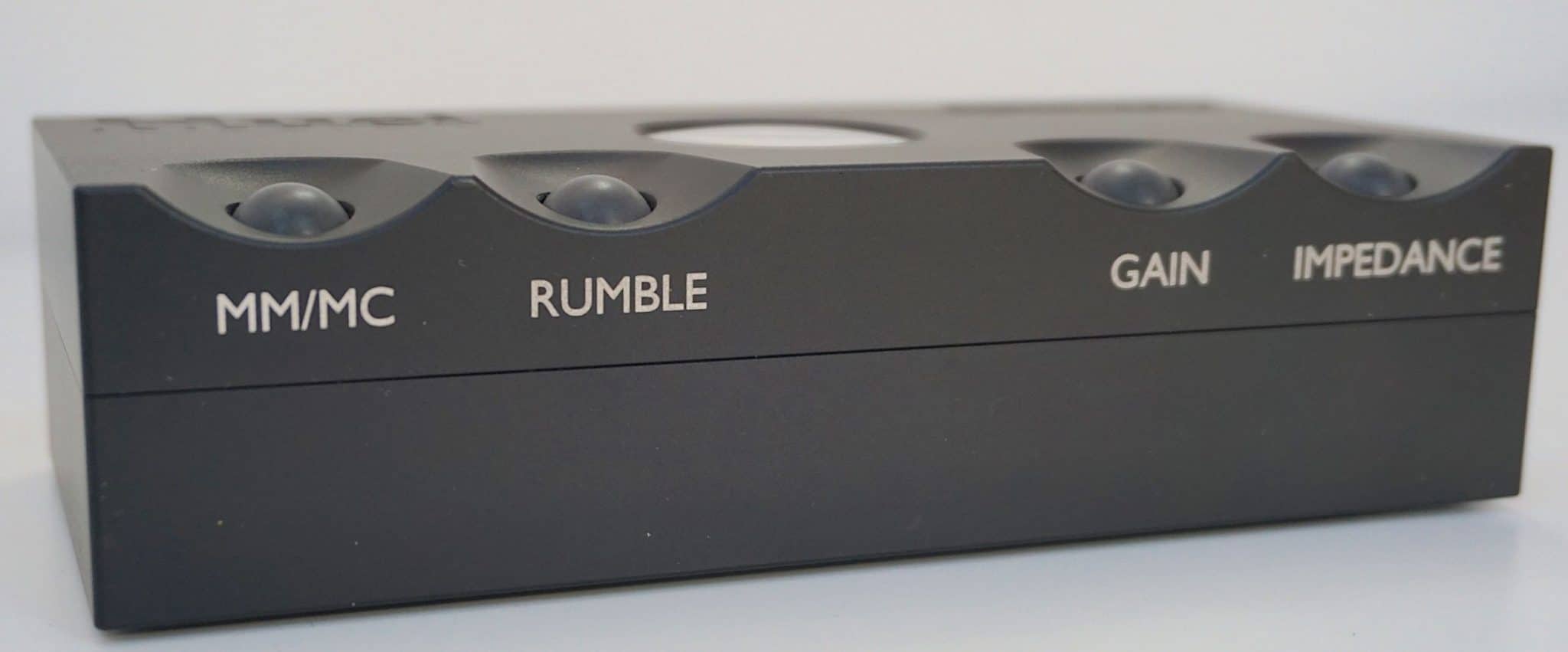
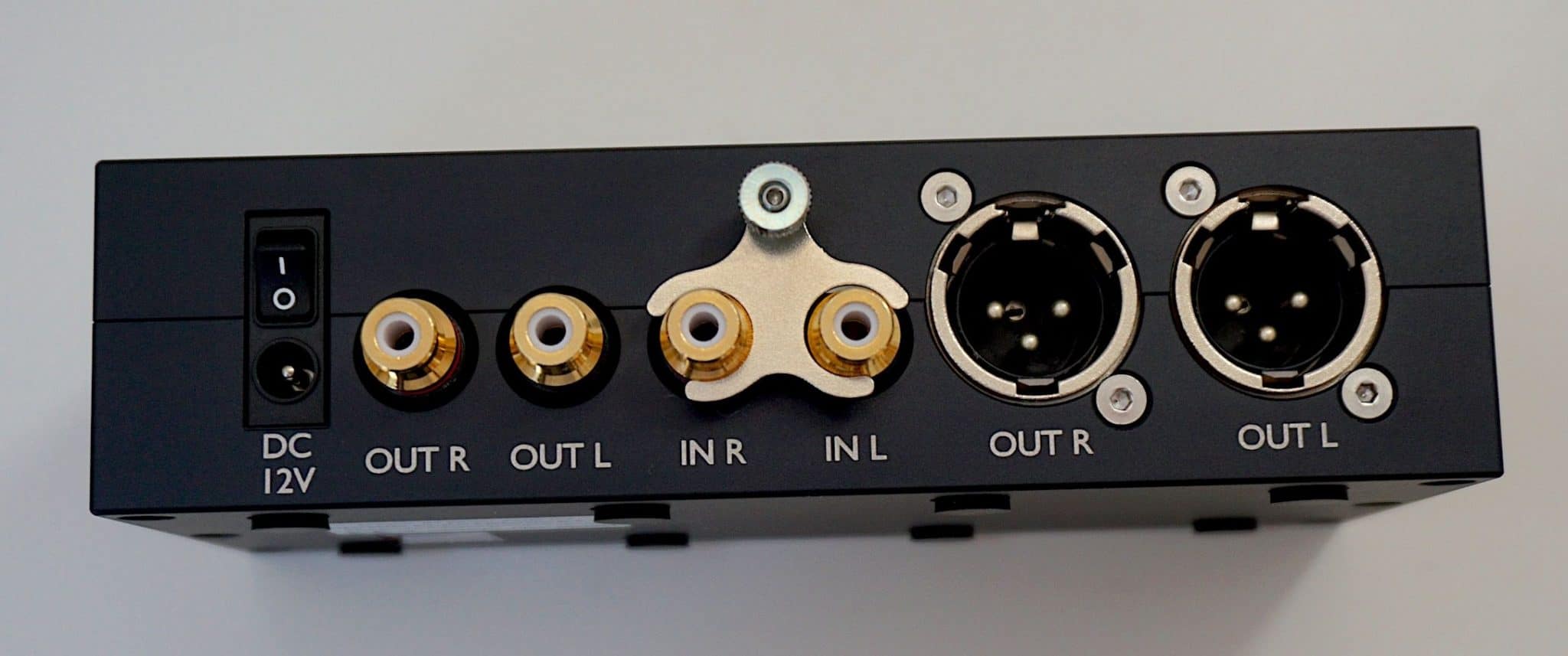
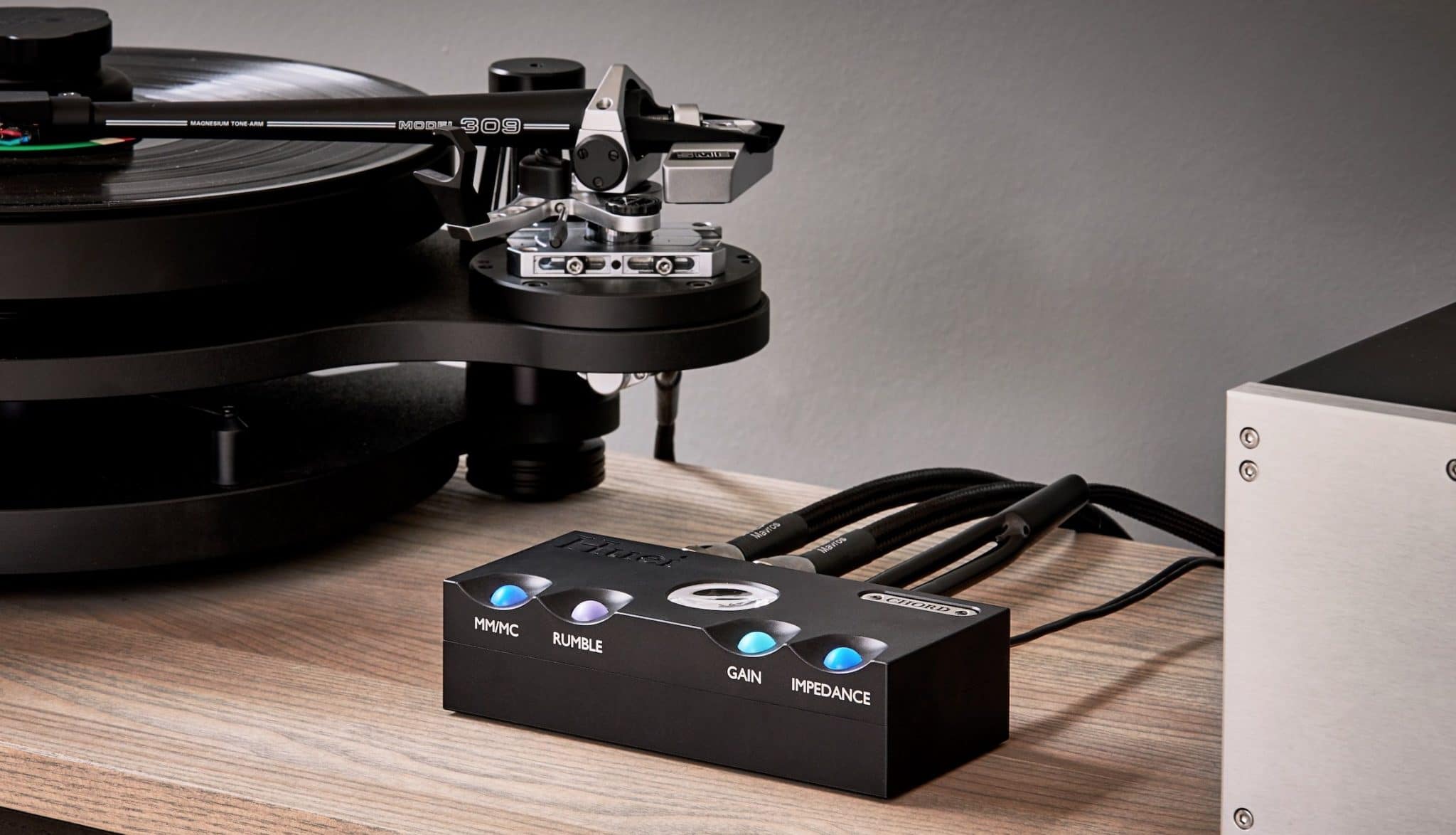
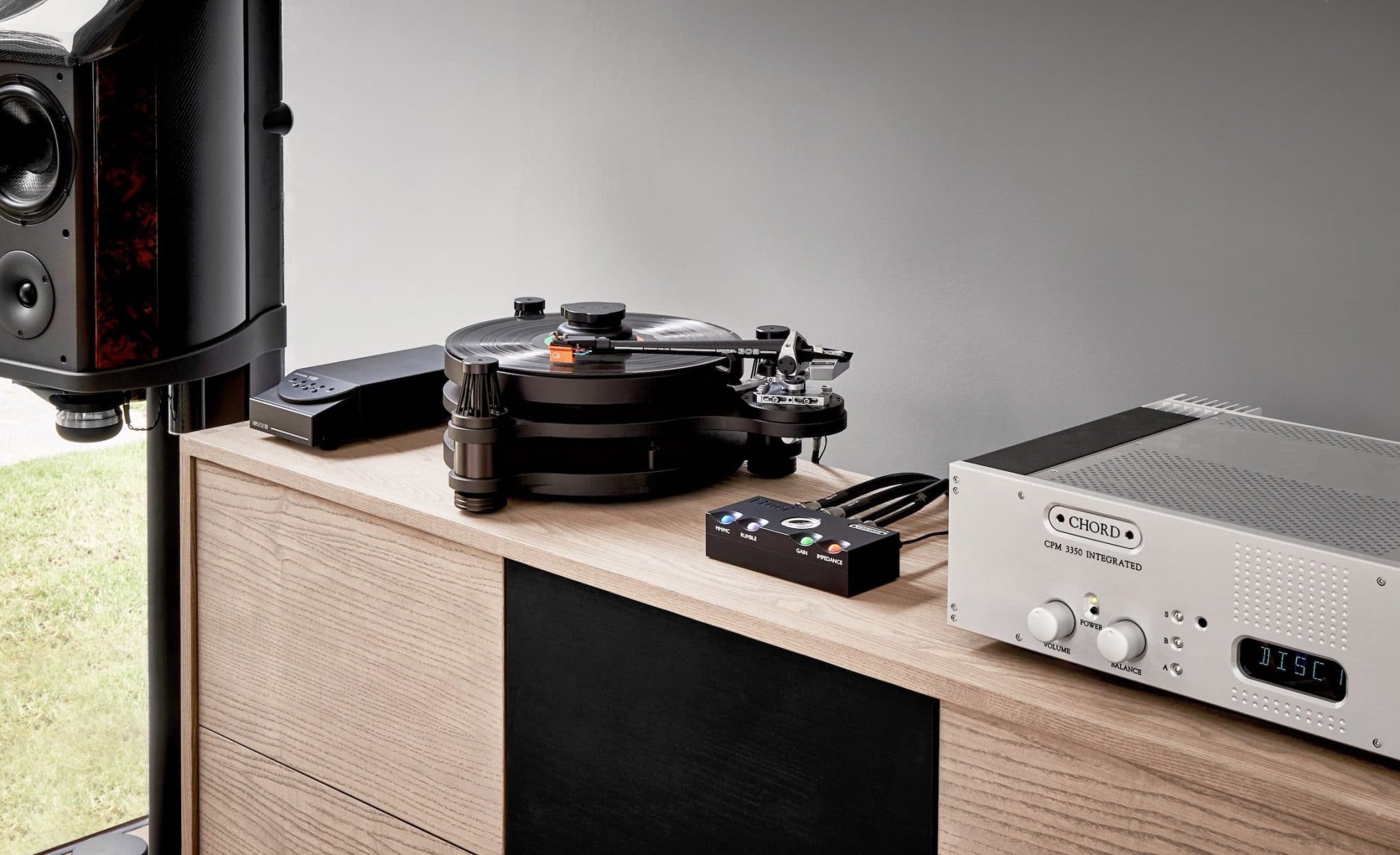

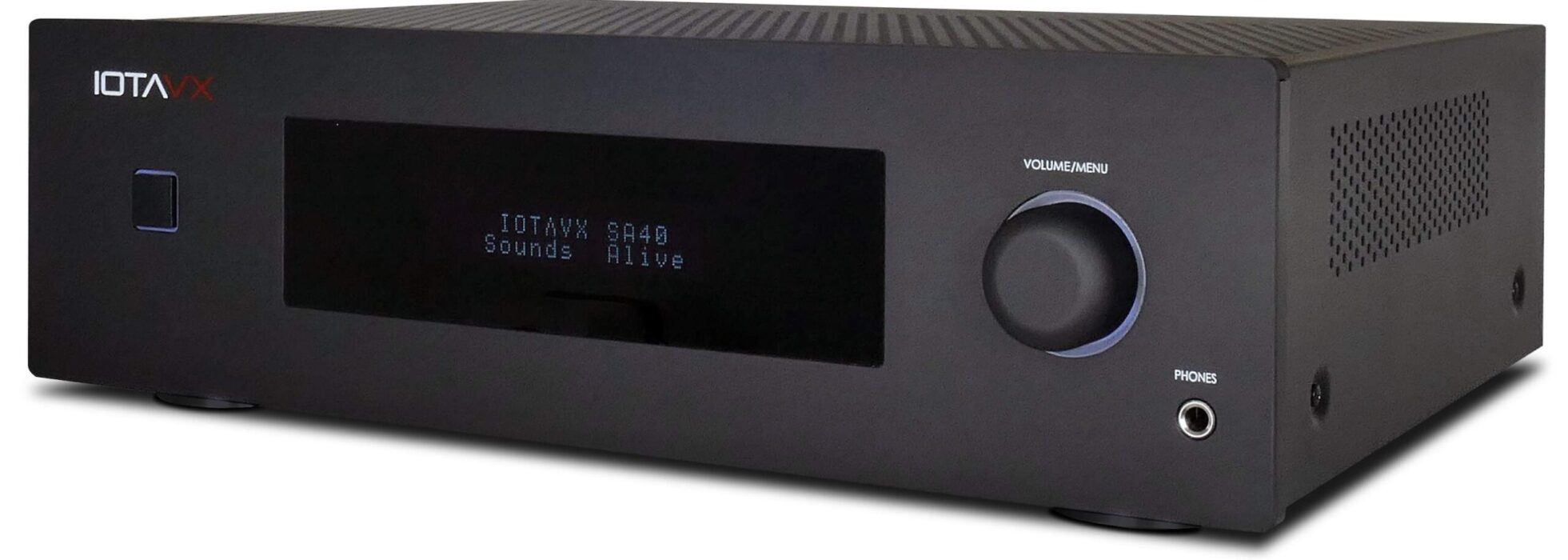

Given that color blindness runs more commonly in men than women, this interface would be a disaster for any male audiophile with such an affliction. Just imagine if you had to call your wife into the room to help set up this phono pre? “You paid how much for this?”
Yes, indeed. Good point Dave.